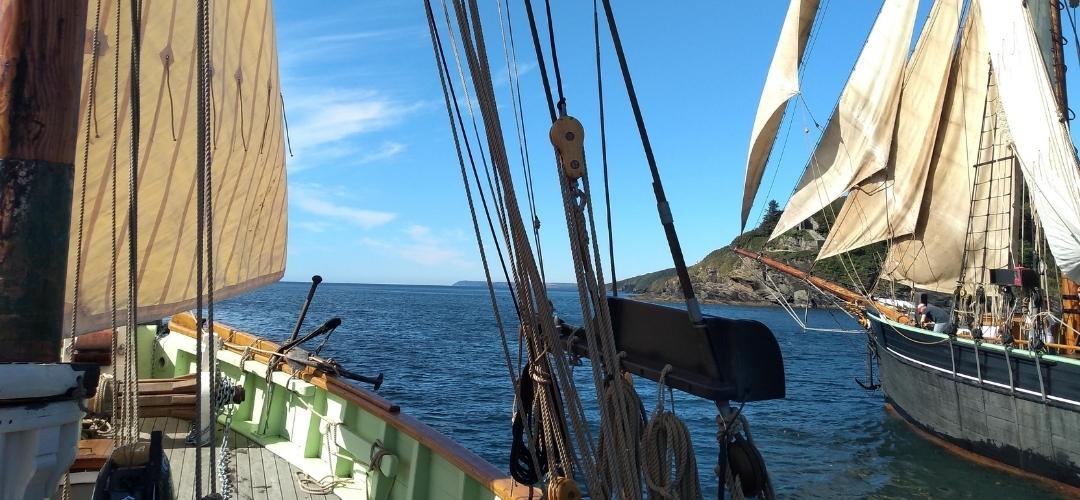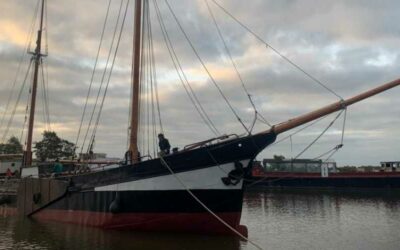Whilst governments and international organisations slowly implement legislation which will eventually help the planet, as individuals we have the power to contribute too, however small it may feel.
Many of us have found ourselves in the situation where we feel motivated to start adapting new sustainable ways as a way of reducing our daily carbon footprint emissions.
A great way of making a small impact is changing our transportation habits, since they represent an important percentage of the environmental carbon footprint.
Unfortunately, its easy to get discouraged by the fact that some of them are quite complicated to adopt or sometimes too expensive. This is due to the lack of sustainable transport options that are affordable, sustainable and manageable that governments and companies around the world fail to provide.
Below, you will find multiple alternatives that will help you adopt a more sustainable way of living in an easy manner.
1. Avoid Air Travel
Avoid traveling by air; and if you absolutely can’t, avoid multiple connecting flights to arrive at your final destination.
Takeoff and landing are the stages during a flight where airplane’s burn the most gasoline and are most polluting, therefore you should take the fewest flights possible to arrive at your final destination.
If you use air travel, pack as light as possible. This directly impacts Co2 emissions – the heavier the plane is the more fuel it burns for takeoff and landing.
“If every passenger flying from Heathrow to Frankfurt last year had packed one less pair of jeans (assuming these jeans weighed 1kg), they would have saved 59 tonnes of CO2.” – Fly Aware
2. Walk or use your bike
Being more active physically does not only improve your health but helps the environment; it reduces costs of transportation (fuel, public transportation) and is proven to reduce stress levels.
Walking and using your bike can help you avoid traffic (which reduces carbon emissions), get to your destination quicker and is very practical.
3. Alternatives to driving
The use of public transport is a better alternative than taking your car or using air travel. If you are traveling long distances and you cannot avoid connecting trains, try carpooling apps as well as buses, since buses emit less carbon emissions than trains per trip.
If there are four travelers in a car going to the same place or to the same area, we could burn three times less emissions than if every traveler took their own car.
If it’s possible for you, consider changing your car for an electric/hybrid car. Whilst these are undoubtedly expensive, and it does depend on the surrounding infrastructure, these cars produce less pollution and are more efficient than ordinary petrol and diesel cars.
Since public transport is in most cases a governmental service and happens every day, avoiding the use of your car reduces the total possible emissions there might be. You can imagine public transport as fixed scheduled trips that will produce emissions regardless if you take your car or not, so why not use them and avoid unnecessary emission for the environment?
4. Sail!
One of the most innovative and new ways of keeping your carbon footprint low is, of course, traveling by sail and consuming products/ supporting businesses that ship their products by sail. If you are traveling overseas it will not only be a more adventurous experience than traveling by car or plane but a pleasurable one.
“Traveling under sail fits with modern travelers’ desire to be part of nature and embrace it without harming it. “ – Sail Cargo Market Report 2020.
Climate activist Greta Thunberg has had some experience with finding alternatives to conventional transportation methods. She traveled by sail to the UN Climate Action Summit in New York, before heading to COP25 which had been moved from Chile to Spain in 2019. Greta’s experiences were well documented and are inspirational for those interested in emission-free transport. Check out some of her journey here.
As sail travel was yet to be developed, Greta had limited options for sailing. First she went on a race boat with barely any luxuries (although was carbon neutral) and secondly with a family cruising around the world. Over the last few years, since Greta’s voyages, EcoClipper has seen a significant rise in people asking about travelling from A to B on an EcoClipper ship that provides a cosier and roomier option!
EcoClipper will be offering passenger services. There are two ways you can travel on an EcoClipper ship:
1. By being a passenger! An exciting journey for travelers looking to relax and experience travel in a completely different light. Enjoying the sunrises, sunsets and the ever changing beauty of the seas.
2. For the practical experience… sail as a trainee! If you want to learn how to sail a square rigger and feel the salt on your lips, join the watch system and learn traditional maritime sailing skills on an EcoClipper ship.




